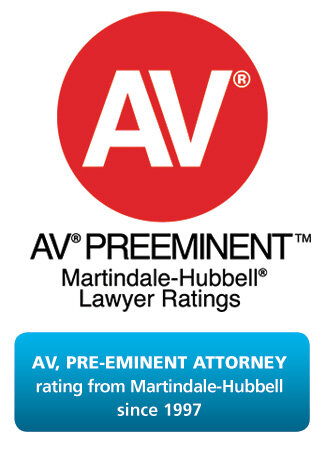Leveraged ESOP Financing
Subchapter C Company Borrows Funds to Issue New Stock and/or Purchase Stock from Own
In this leveraged ESOP scenario, the selling stockholder sells his/her stock back to the company through the ESOP. If the seller (or a group of sellers) have sold at least 30% of the C corporation’s voting stock to the ESOP, those sellers will be eligible for a deferral of capital gain on the proceeds of the sale, if they buy “qualified replacement property”.
The company borrows funds from the bank to pay the seller. Because the bank will not accept a note from the ESOP as security, the Company pledges the stock. To get the tax deductions for the ESOP there is loan between the ESOP and the Company that mirrors the loan between the Company and the Bank. The Company uses the borrowed funds to pay the seller. The reason that all these transactions must pass through the ESOP to ensure that the employees get the benefits (stock in their accounts, allocated and distributed as required by law) in exchange for the tax deductions that the company and the selling shareholders are getting.
The company is able to deduct the cost of both the interest and principal on the stock acquisition loan.
The stock in a leveraged ESOP must be allocated to employee ESOP accounts at least as quickly as the stock purchase loan is repaid. So if the loan is a 10 year loan, approximately 1/10 of the stock will be allocated each year to the employee accounts.
Distribution to employees depends on plan rules regarding vesting and distributions upon termination. Those rules are similar to distributions from any defined contribution pension plan. However, when there is an outstanding acquisition loan, the distributions to employees can be delayed until that loan is repaid. Thus, an employee’s account balance will be determined by:
whether there were ESOP stock contributions made during the years s/he was an eligible plan participant
whether the company made contributions to repay purchase debt
the employee’s compensation as a percentage of the total “covered compensation”
whether there were forfeitures from other participant accounts
whether and in what percentage the employee is vested in his/her account balance
whether the employee is permitted or required to take a stock distribution (or its cash equivalent) in a given year.
A key difference between an ESOP and all other types of defined contribution employee benefit plans, is that they are intended to be invested primarily in company stock. This raises questions about lack of diversity in investment. That is why closely held ESOP companies are required to repurchase the stock they distribute to their employees, and why they must begin diversifying employee SOP account holdings beginning at age 55 and 10 years of service.When a company or individual(s) sell stock to an ESOP, an independent appraisal is also required.
EMPLOYEE OWNERSHIP THAT FITS YOUR NEEDS
We can smoothly transition your privately-owned business to a worker-owned one that meets the seller’s objectives, is socially responsible and includes employee participation. Learn more
TESTIMONIAL
“Before the ESOP, we had 100% employee turnover in our Michigan and North Carolina facilities. Now that the ESOP owns the company, turnover is 20% company wide. Although many of our jobs are physically demanding, our company has become an employer of choice.” -David Fitzgerald, CFO, Carris Reels






